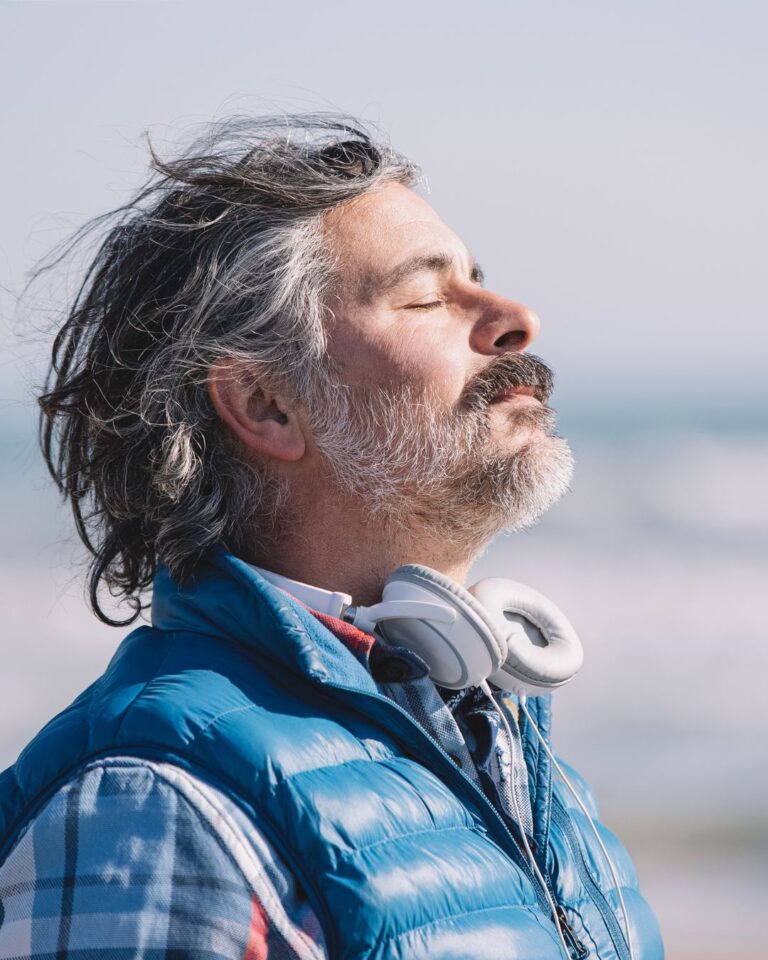Diaphragmatic breathing significantly influences our energy levels and mood and supports good health and well-being. When airflow is restricted to the chest, we experience anxiety, pain, and tension. Specifically, using the diaphragm has therapeutic effects on the entire body, offering mental clarity and emotional balance. Find more details about this therapeutic practice below.
What is the diaphragm?
The thoracic diaphragm is a muscular partition that separates the thoracic cavity from the abdominal cavity. It serves as the primary muscle for breathing, facilitating the processes of inhalation and exhalation through its movement. Its connection to the pericardium is also vital since its position is below it. Moreover, the diaphragm affects the liver, kidneys, stomach, adrenal glands, and spleen. Equally important, its anatomy assists the aorta, esophagus, and inferior vena cava.
Benefits of using Diaphragmatic breathing

Scientific studies report cases where diaphragmatic breathing is beneficial:
- Regulating emotional mood
- Blood sugar control
- Gastroesophageal reflux
- Sexual dysfunction
- As well as strengthening and balancing the core, reducing the risk of injury
- Back and neck pain
- Urinary incontinence after an operation or giving birth
- Speech and expression issues
- Lack of concentration
- Low energy levels throughout the day
- Sleep disorders
Furthermore, diaphragmatic breathing is the respiratory process in which the diaphragm distributes air throughout the body. Notably, as part of the core, the diaphragm supports and stabilizes the spinal column and pelvic mobility. In conclusion, the use of the diaphragm is essential for the functionality and balance of the body.
"Diaphragmatic Breathing – Anxiety, 1-0"
When you breathe gently and slowly from the diaphragm, you notice a stress reduction. This rhythmic breathing balances the brain, and as a result, you experience the positive aspects of life! Furthermore, with the practice of conscious breathing, you achieve:
- Mental calmness and a greater sense of relaxation
- Increased oxygenation in the body
- Better oxygen and carbon dioxide exchange for maximum respiratory efficiency
- Creation of intra-abdominal pressure (IAP) for posture control and spinal stability
- Reduction in musculoskeletal pain and injuries
- Release of chronic stress
- Increased resilience and endurance
- Easier recovery
Therapeutic breathing

We could say that diaphragmatic breathing is a therapeutic process for the body because it awakens the parasympathetic nervous system. Specifically, the parasympathetic nervous system is responsible for relaxation, digestion, recovery, and repair. It also increases oxygenation in the body and enhances the function of the immune and lymphatic systems. As we practice therapeutic breathing, we experience higher levels of awareness and performance. How do we make this possible?
By observing the air in the body, we understand the pain, blockages, emotional state, and anxiety.
Observation leads to connection. Then, we can guide the air to specific body points to release tension. Tension is the primary factor in diseases and physical dysfunctions. Subsequently, with specific exercises, we can gain control over our breathing. As a result, we gain mental strength, physical empowerment, and endurance.
The audio practice of breathing for wellbeing
If the above information has inspired you, and you wish to bring flow into your body and life, we’ve got you covered!
The audio proper breathing practice is a good start. This guided practice will help you activate your diaphragm and connect with the therapeutic power of your body.
Set a rhythm to your breath and change the rhythm of your entire life!
References:
1. Baltopoulos P., Human Anatomy: Structure and Function, Medical Publications P.C. Paschalidis, Athens Greece
2.https://buteykoclinic.com/deep-vs-shallow-breathing-causes-dangers-benefits-exercises/
3. Laborde, M.S. Allen, U. Borges, F. Dosseville, T.J. Hosang , M. Iskra, E. Mosley, C. Salvotti, L. Spolverato, N. Zammit, F. Javelle (2022), Effects of voluntary slow breathing on heart rate and heart rate variability: A systematic review and a meta-analysis, Sciencedirect, https://www.sciencedirect.com/science/article/abs/pii/S0149763422002007
4. Swami Satyananda Saraswati, Asana Pranayama Mudra Bandha Yoga Publication Trust, Munger, Bihar, India


